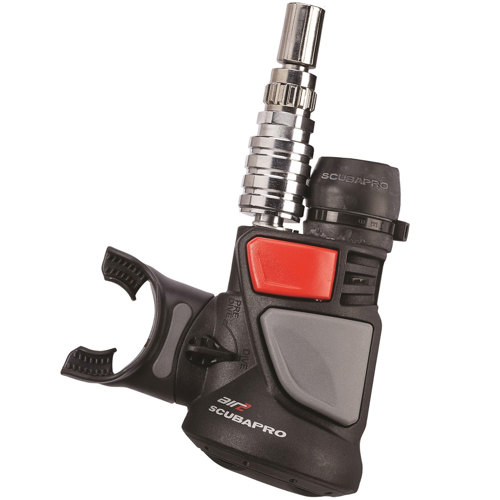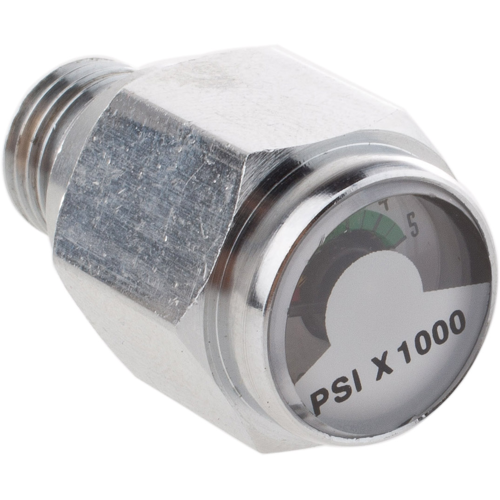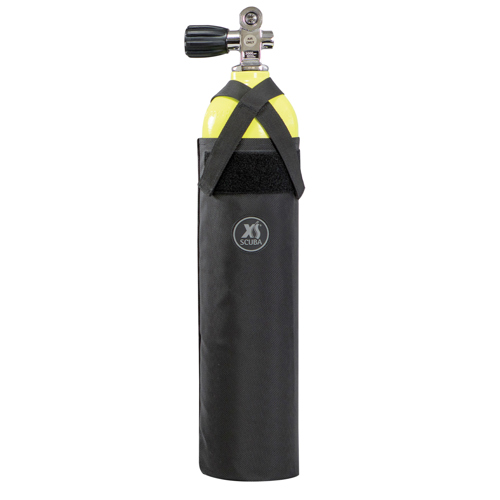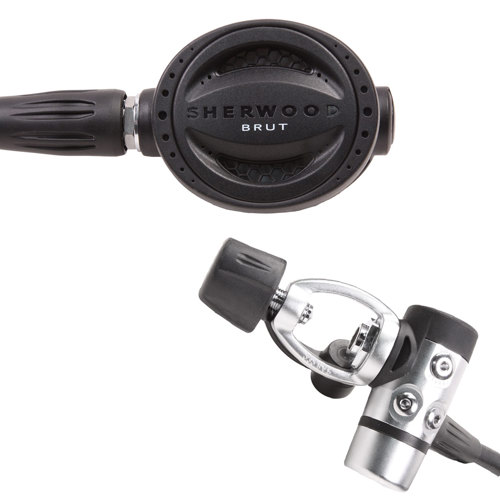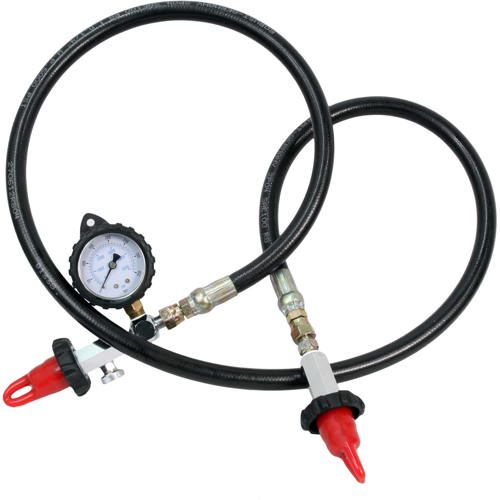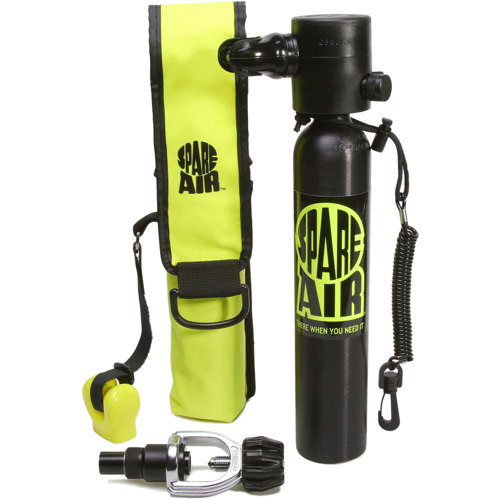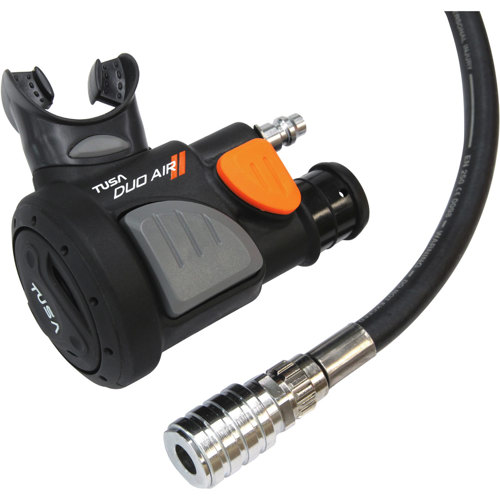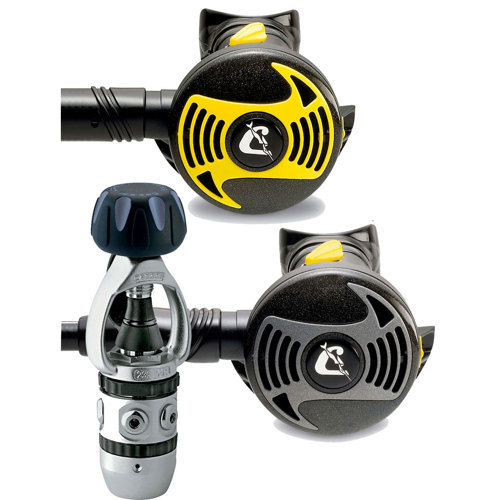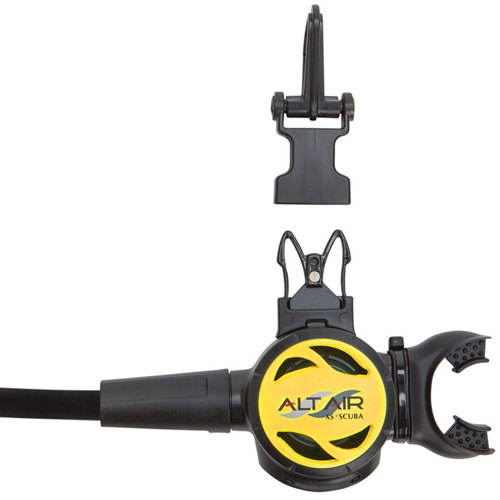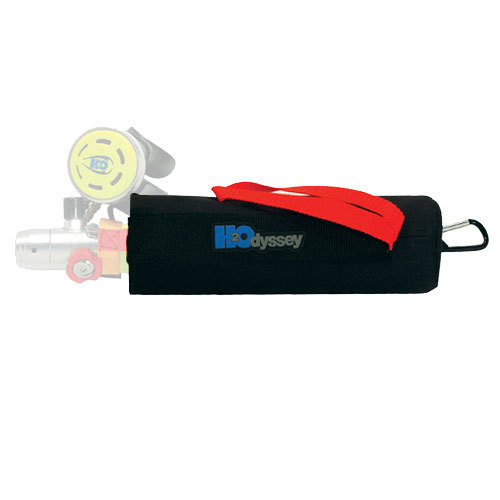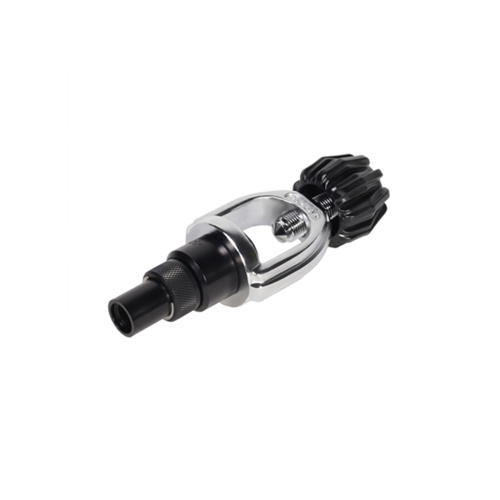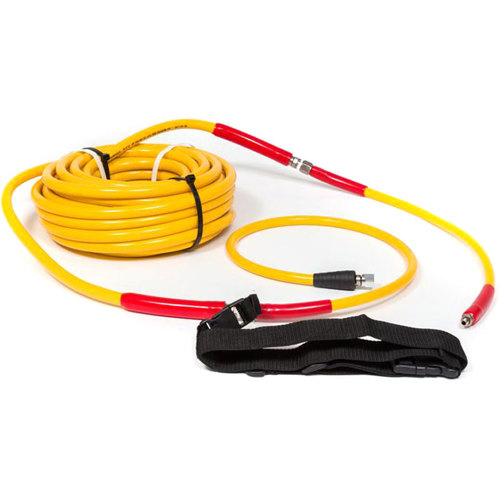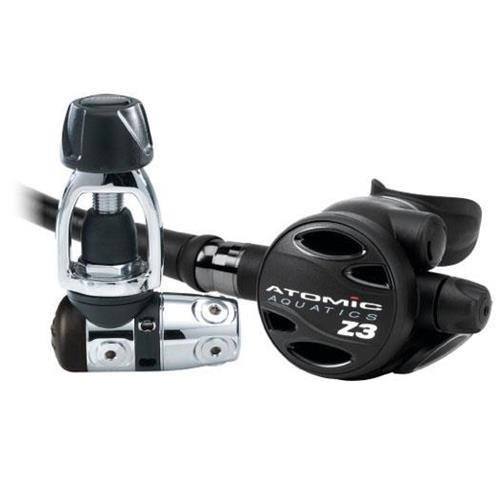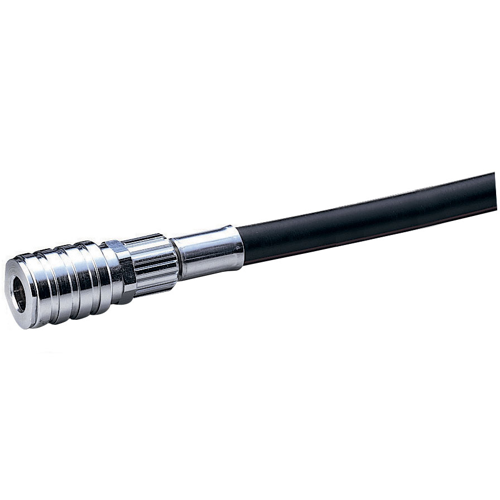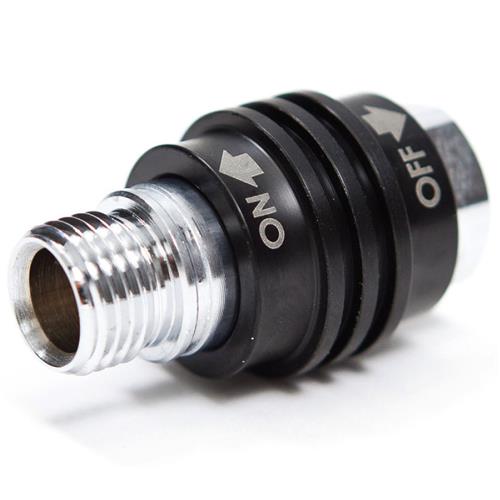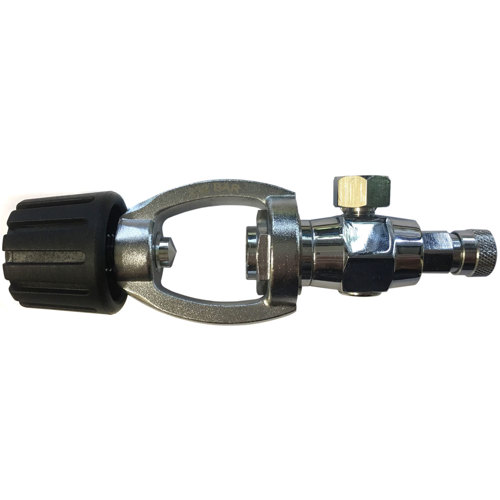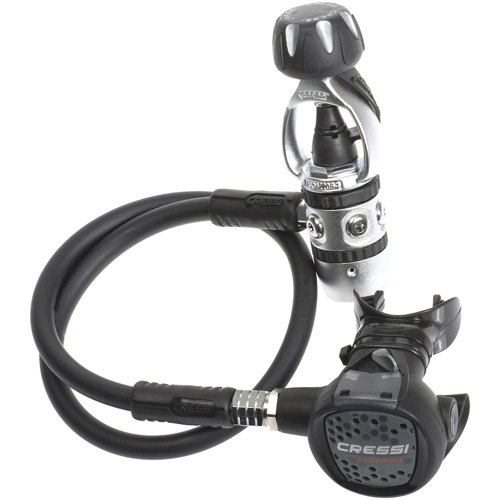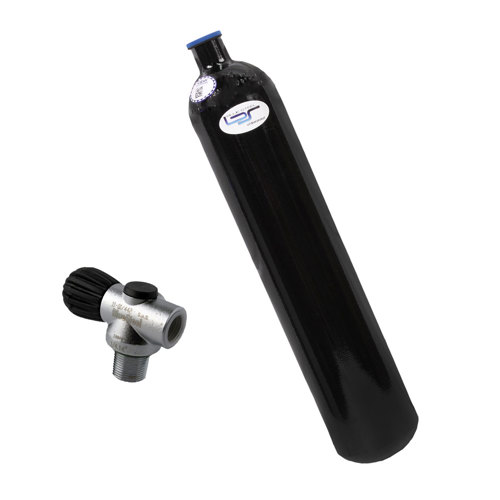Tools For Redundant Air Supply
When it comes to scuba diving, preparedness is not just a mindset—it's a matter of safety. Redundant air supply tools are essential pieces of equipment for divers who want to add an extra layer of security to their underwater adventures. Whether you're exploring a local lake in the early days of autumn, when the water is crisp and visibility can be unpredictable, or planning a deep wreck dive where unexpected scenarios can arise, having an independent backup air source can make all the difference. These tools, such as pony bottles and more advanced technical setups, cater to a range of diving experiences and skill levels. For recreational divers, a compact pony bottle system offers peace of mind, providing a self-contained air source that’s easy to carry and deploy if needed. It’s the kind of gear that often becomes a trusted companion, clipped securely to your BCD, ready to be used during a safety stop or in the rare event of a primary air supply failure. For technical divers, who may be venturing into overhead environments or making extended decompression stops, the requirements are more intricate. Here, twin cylinders with manifolded valves, stage bottles, and dedicated decompression tanks—each with their own regulator—are standard. These setups demand not just the right equipment but also specialized training and meticulous planning, as managing multiple gas sources requires precision and confidence built through experience.
Selecting the right redundant air supply tool is a personal decision shaped by the type of diving you do, your training, and your comfort level with equipment management. When shopping for these tools, consider the capacity and weight of the tank, the ease of attachment to your existing gear, and compatibility with your regulator setup. For newer divers or those who primarily stick to recreational depths, a small, streamlined redundant tank can be a thoughtful upgrade—one that family members or dive buddies might give as a meaningful gift, especially as the holiday season approaches and divers start planning winter getaways to warmer waters. More advanced systems, like dual-tank configurations with H or Y valves or stage cylinders for technical diving, are typically chosen by experienced divers who have undergone specific training and are preparing for more challenging environments. Regardless of your experience, the peace of mind that comes from carrying an independent air source is invaluable. It’s about being able to enjoy the serenity of a kelp forest or the thrill of exploring a sunken ship, knowing you have a reliable backup that could be a lifeline in an emergency. For a comprehensive overview of options tailored to different diving styles and needs, you can explore our curated list of
Redundant Air Tanks to find the right fit for your next underwater adventure.
Top Picks For Tools For Redundant Air Supply


